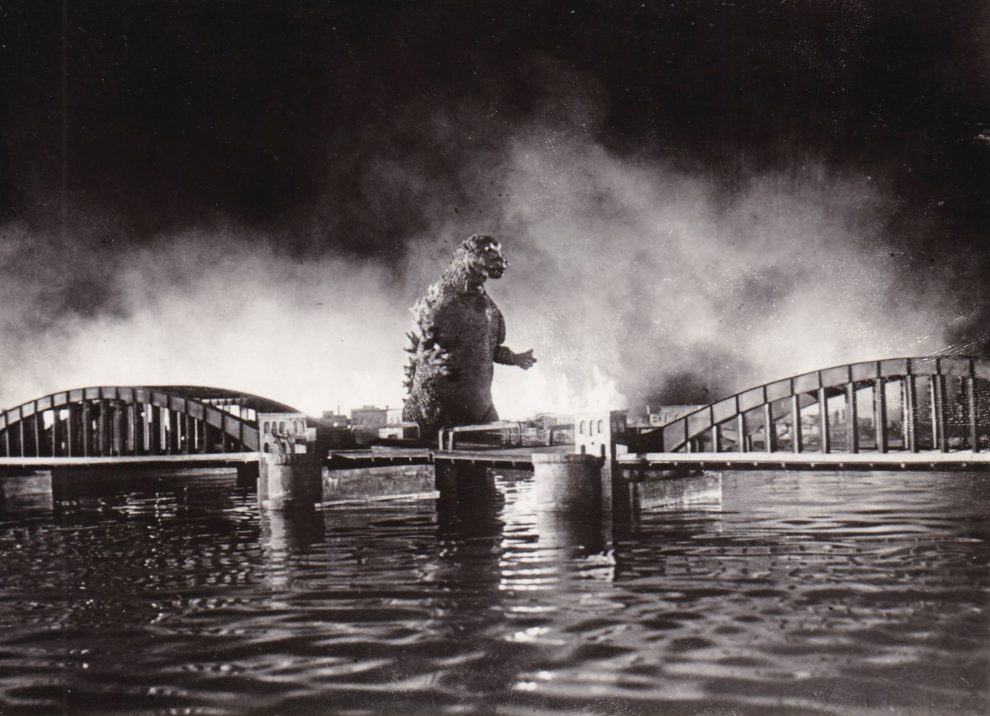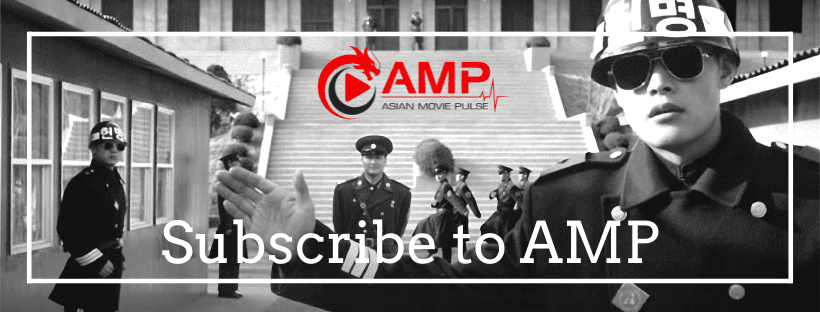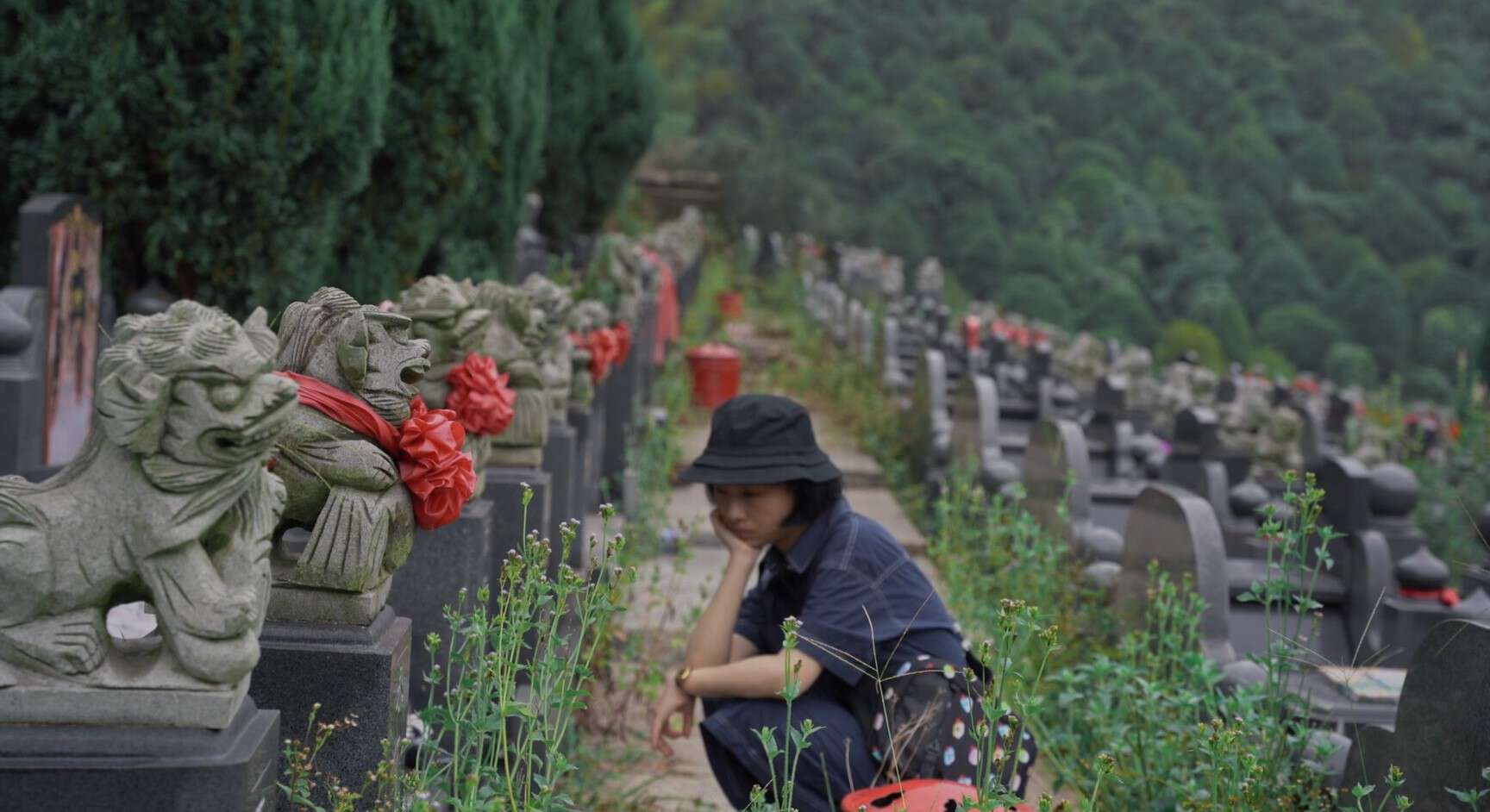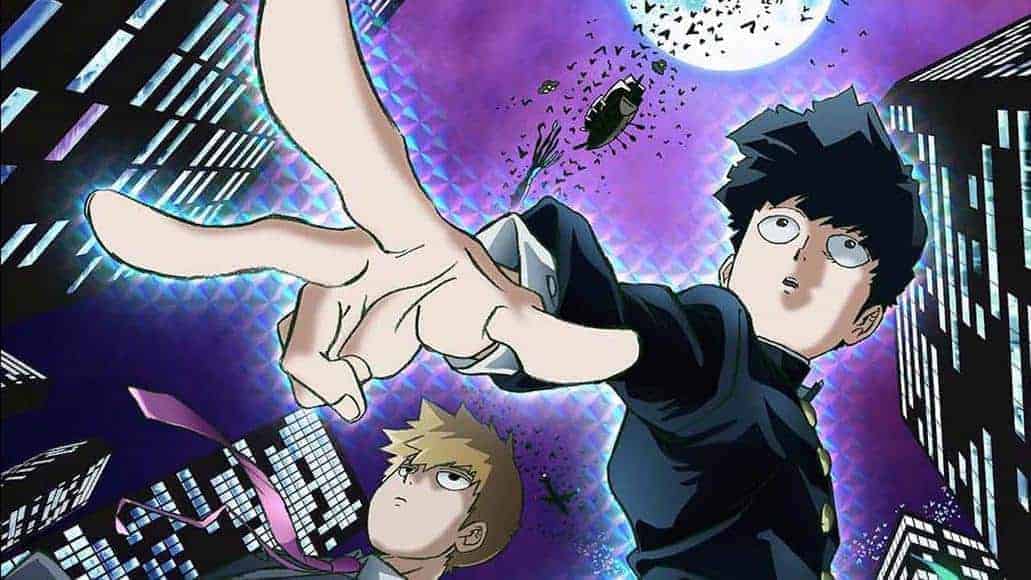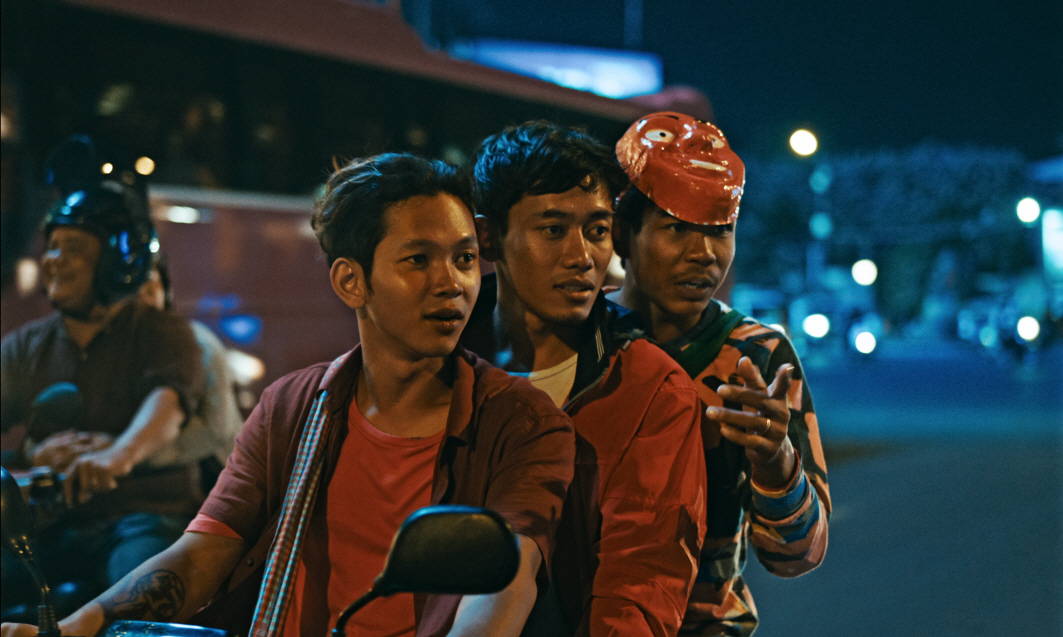When looking at the landscape of Japanese cinema, it is hard to imagine it without the likes of Akira Kurosawa, Kenji Mizoguchi, and Yasujiro Ozu, which, much due to their re-discovery and evaluation by European critics and film festivals, have gained a reputation of being part of the quintessential cinematic canon. However, when the boutique label Criterion announced their release of an edition of the first “Godzilla”-features, the event was met with both excitement from cinephiles, but also criticism, since many though there were many other titles more deserving of a treatment such as this. Among many other features, what this discussion highlighted was the narrow scope of many filmfans and so-called connoisseurs of the medium, but also the fact that Ishiro Honda, despite being highly regarded among his peers, most notable Kurosawa himself, never truly received the kind of acceptance his colleagues did. If there is any feature that showcases his ability to create an entertaining feature and blend it with current themes and technical skills, it has to be the original “Godzilla” from 1954, which spawned one of the longest-running franchises in the world and the birth of a true pop icon.
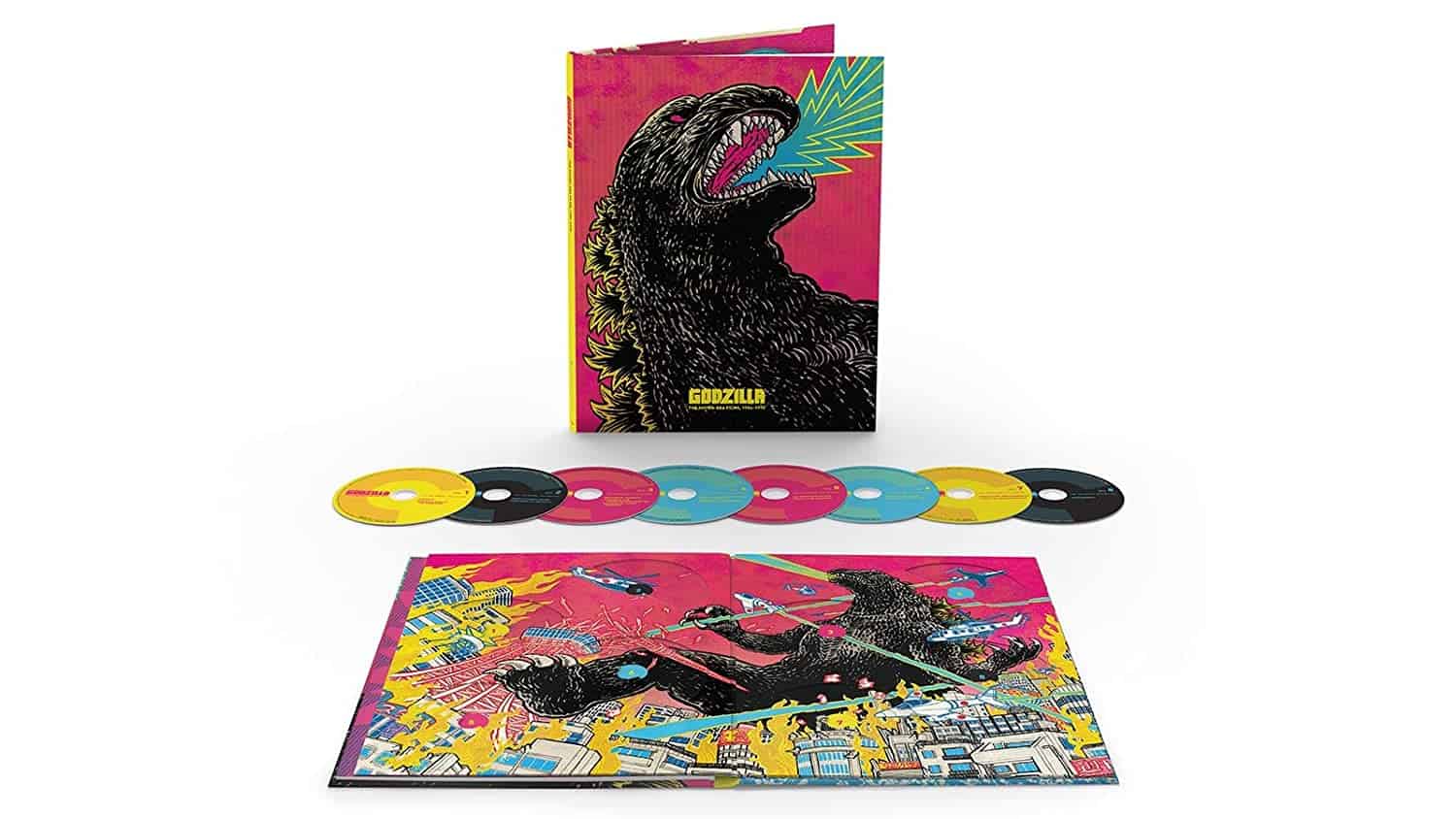
After the sinking of a Japanese freighter and the attack on the villagers of Odo Island, the Japanese government sends a team of scientists to investigate the incident. Paleontologist Dr. Kyohei Yamane (Takashi Shimura) is part of the group and already knows about the legend of Godzilla, a mythical creature that is part of many stories told by the inhabitants of the island, who think the monster is also responsible for the shortage of fish in the ocean. Although skeptical at first, Yamane's days on Odo not only result in the finding of a huge footprint in the sand, possibly made by a large animal, but also many radioactive readings, leading him to the conclusion that not only does a creature like Godzilla exists, but he must have been awoken from the long slumber at the bottom of the sea through h-bombs tests conducted by the Japanese government.
Meanwhile, Godzilla has resurfaced and caused the destruction of many other ships, with the same kind of radioactive readings in what is left of the vessels, further proving Yamane's theory. As he questions whether the monster can indeed be killed, as it already survived the h-bomb several times, he is disappointed when the Japanese military and politicians demand Godzilla should be eliminated as soon as possible. With the monster making its way to Tokyo to cause further destruction and chaos, Emiko Yamane (Momoko Kochi) and her lover Hideto Ogawa (Akira Takarada) try to convince Dr. Daisuke Serizawa (Akihiko Hirata) to use his invention, the Oxygen Destroyer, to kill the monster, but even though he has no doubt it will work, he is afraid of his invention eventually falling into the wrong hands and being used to create weapons of mass destruction.
Even though its premise sounds like it could have been taken straight from a b-movie, there is a serious tone throughout the whole duration of that first outing of the infamous creature, which makes it stand out among the other monster pictures made at the time, even the ones done in Hollywood. Incidentally, Honda was quite aware of this and thus demanded from his crew and actors to take the story, its themes, and their characters seriously, which is one of the features responsible for the aforementioned tone. With the monster appearing only for a short duration in the first part of “Godzilla”, the majority of the plot concentrates on the political and scientific repercussions of the discovery of the creature. Given the demonstration of its destructive power, Godzilla poses a threat to mankind, just for the sheer fact it is mightier than its weapons and soldiers, and able to survive pretty much everything they throw at it, as Yamane points out repeatedly, with it now having the status of the apex predator in a way, and humans wanting to re-capture that position.
Within its narrative, it is worth taking a look at the two scientists at its core. On the one hand, Kurosawa-regular Takashi Shimura plays Yamane as a person carrying the majority of the drama of the feature, as a scientist whose warnings go unheard and who feels increasingly powerless as a result, which is a development present in each of the scenes the actor is in. At the same time, Akihiko Hirata, in one of this first major roles, stresses the dilemma of a scientist very much aware of the responsibility he has for his fellow people, and the danger posed by the Oxygen Destroyer whose technology will, he is sure, inevitably fall into the wrong hands. Aside from the dilemma, which defines these two men, Honda also emphasizes the human element of these characters, making “Godzilla” a very relatable tale when it comes to one's role within the world and responsibility for others.
Besides the design of the monster itself, there are also the images of cinematographer Masao Tamai and the vision of Ishiro Honda, which often transcend “Godzilla” being a “monster movie”. The aftermath of the destruction caused by the creature seems to carry very specific allusions to the catastrophes of Hiroshima and Nagasaki, which is even mentioned by one of the other characters, further worsening the aforementioned dilemma of the scientists. Additionally, the music by Akira Ifukube, who had also scored Akira Kurosawa's “The Quiet Duel” and Kaneto Shindo's “Children of Hiroshima”, emphasizes the drama and the catastrophe of Godzilla attacking and characters being forced to act, if they want to prevent any further damage to their world.
In conclusion, “Godzilla” is a masterpiece of the genre, an achievement in technology (at least for the time of its production) and also for its blend of human drama and blockbuster entertainment. Ishiro Honda has managed to create the foundation for any monster movie that came after, combining it with timeless themes and an exploration of human dilemma.


